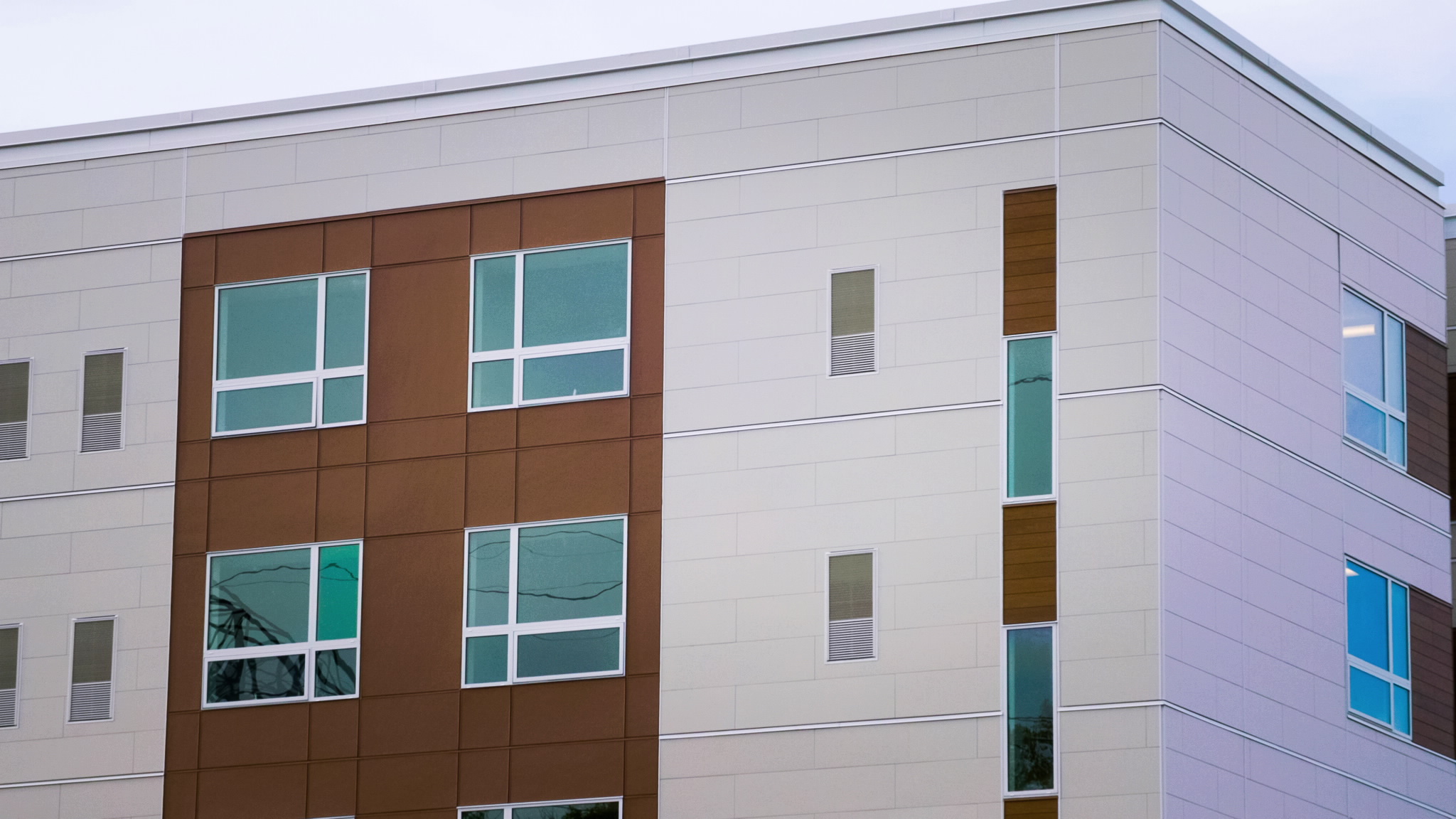Prevent and End Homelessness
In Minnesota, over 7,900 people are homeless each night. While about 6,150 of them find shelter for the night, roughly 1,770 people sleep outside without shelter, which has increased by 110% since 2015. Most experts believe the actual number of Minnesotans experiencing homelessness is much higher, as this estimation does not include other forms of housing instability, like couch surfing or staying doubled up with friends and family.
Homelessness is the most severe form of housing instability and encompasses many societal failures, including a woefully inadequate supply of housing that is affordable, an inequitable housing system, cultural and racial disparities, trauma, and the intersection of housing, physical and behavioral health, employment and education.
Indigenous, Black and people of color are disproportionately impacted by homelessness. The most egregious disparities exist for members of the Indigenous community who are 28 times as likely to experience homelessness than their white peers and for Black Minnesotans who are 13 times as likely. These disparities reflect the structural racism, genocide and economic inequities that have limited the ability of Indigenous, Black, people of color and the poor from creating wealth, accessing opportunity and celebrating heritage.
Key Metrics
Number of people experiencing homelessness, by population (chronic, families with children, veterans, youth, sleeping outside, etc.) (coming soon)
Homelessness disparities by race (coming soon)
Actions
